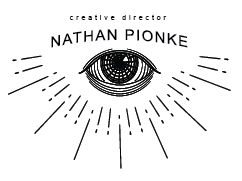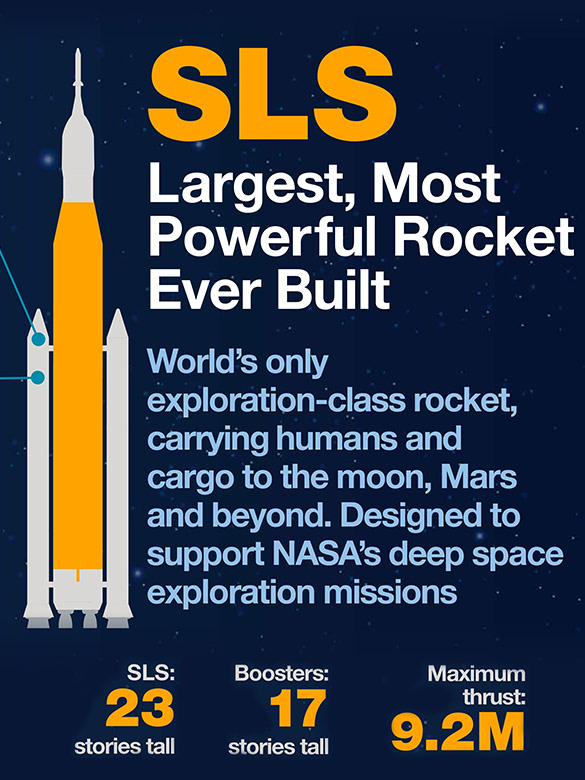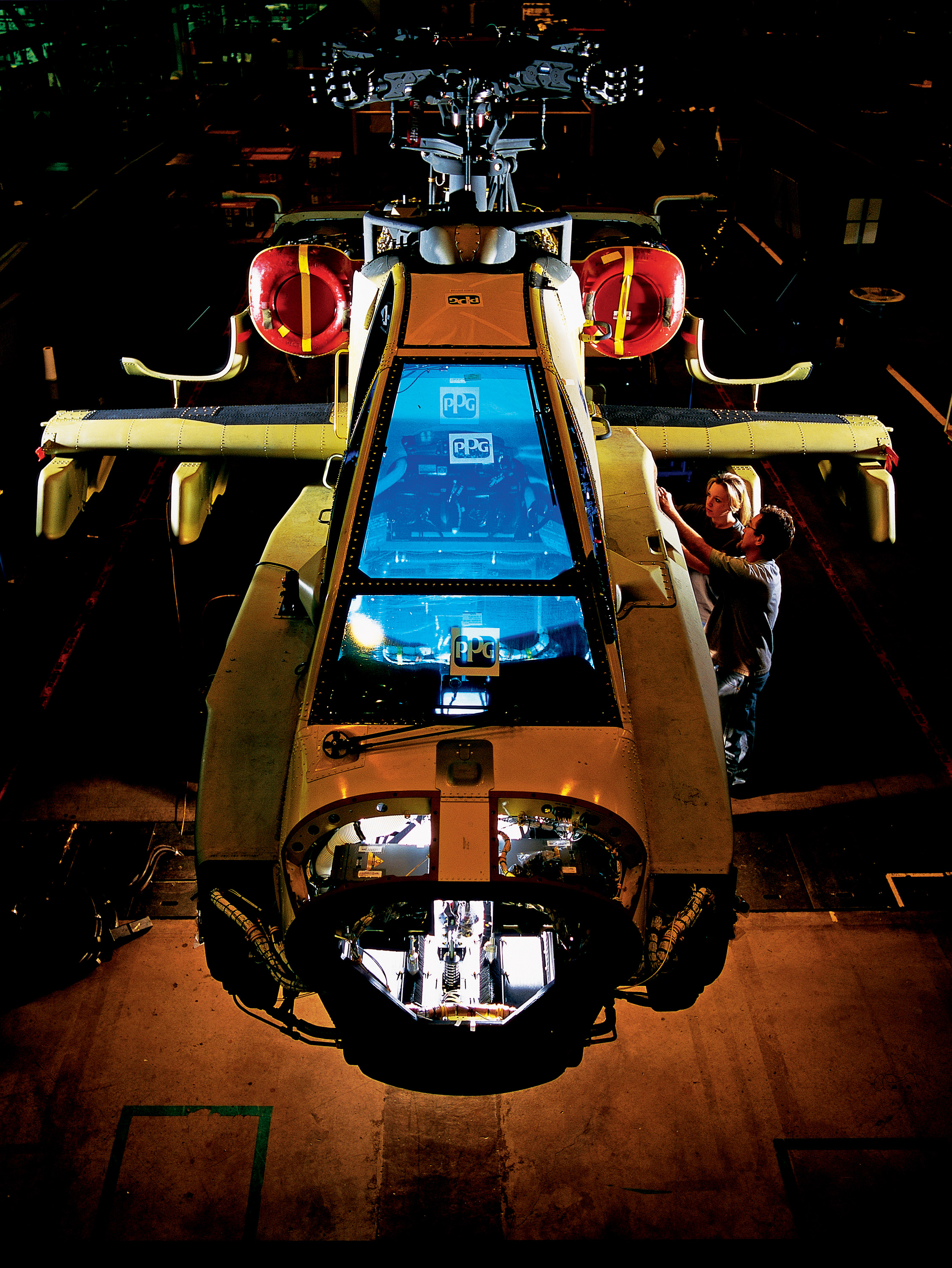The Situation
It’s 2010, and the US Air Force is in dire need of a modern training aircraft. The dated Northrop T-38 Talon, first flown in 1959, is long overdue for an upgrade. The USAF needs a new trainer that will help prepare pilots for the increased technical complexity of fifth-generation fighters like the F-22 and F-35, and puts out a request for proposals for an initial contract worth $9.2 billion. Boeing engaged in the competition against 6 industry leaders.
As Creative Director for Boeing’s campaign to win the contract, my team and I worked alongside communicators, pilots, and engineers. The assignment: differentiate Boeing from its competitors and win the business.
The Creative Approach
Boeing was purposely tight lipped about its offering. We referred to it only as T-X. We said we would deliver a new, purpose-built aircraft perfectly tailored to the USAF requirements – not adapting an existing aircraft, but deliver a newly designed one in the same amount of time. This was unheard of, since the time it usually takes to design, develop, build, test and deliver a new aircraft is measured in decades, not years. This set the industry abuzz.
We capitalized on that excitement by launching a teaser campaign, deliberately not revealing the aircraft design to keep speculation and excitement high. Without a product to show, our challenge was to ensure our messaging and branding was engaging enough to carry the campaign forward until the product was revealed.
We developed the tagline “Breaking the Norm,” a tongue-in-cheek reference to the euphemism of aerospace industry leader Norm Augustine’s "Law Number XVI: In the year 2054, the entire defense budget will purchase just one tactical aircraft." He is referencing the unsustainable cost curve of creating and delivering a military aircraft. Boeing’s approach to designing, testing and building this aircraft would break the cost curve, or break Norm’s Law. Hence “Breaking the Norm” became our campaign message to the industry.
Designing for the Audience
Our primary audience was the USAF and the pilots who would train using the system. Intentionally keeping the audience “in the dark” was a creative driver for the teaser, inspiring us to rely heavily on black. We chose a language very familiar to our audience - aerial dogfight patterns – and these became the dominant design element of the early campaign. Pilots immediately resonated with the design.
In addition to the flight patterns, we teased views of the aircraft. These were breadcrumbs to whet the appetite of the media, the public at large and our competitors, and the online community poured over every image we released. Speculation in the aerospace industry was rampant and led to massive coverage whenever Boeing mentioned the T-X.
Teaser campaign results
Over the course of the public teaser campaign, Boeing.com/TX broke company records for unique visits with nearly 6x the typical traffic. Fueling the excitement, 47 positive external media stories from a wide range of publications like Defense News, Forbes, Aviation Week and many others discussing Boeing’s offering and speculating about what hadn’t been released yet, helping push traffic to Boeing.com.
The Reveal
The first time the aircraft was ever seen by the public was on Sept. 13, 2016. “After a dramatic rollout ceremony punctuated with dubstep music, flashing lights and a dropcloth unveiling of the plane, company executives dropped another bombshell: Boeing has already manufactured two of the jets,” exclaimed Defense News in the coverage of the event.
With answers to so much speculation, aerospace media exploded. More than 30 articles were published within 2 hours of the event – all containing photos and/or video. Hundreds of articles published to date – including three covers; international coverage included Australia, France, India, Japan, Russia, Sweden and the UK.
Additionally, 18,000 unique visitors perused the T-X web page in the 24 hours following rollout; average time spent on the site clocked in at 5 minutes. In the six weeks following rollout, visitors spent upwards of 3,000 hours on the T-X page – nearly 40% of ALL time spent on the entire Boeing defense site.
Once the aircraft was revealed, the campaign look and feel was updated, bringing it out of the dark and into the light. Black was replaced with bright imagery and an additional wordmark lockup was created using the flight patterns. This lockup focused on messaging that the aircraft was more than 90% made in the USA and 100% purpose-built for the USAF, two uniquely “ownable” statements elevating Boeing from its competitors.
Various deliverables
To capitalize on the excitement surrounding the T-X campaign, I suggested we create a piece for air shows with an augmented reality capability (seen in the video sample below). It was the “must have” giveaway at every show that year.
Campaign work appeared on a traveling exhibit featuring the T-X flight simulator. The trailer allowed pilots and other VIPs to experience what the new jet had to offer and have face-to-face dialogue with our communicators.
The T-X program is slated to have a lifecycle over 70 years, supporting future pilots for generations to come. We took advantage of the opportunity to get the next gen pilots on board early with shirts given away at the Armed forces Cycling Classic in Washington D.C. near the Pentagon.
The Results
On September 27th, 2018 after nearly 8 years of marketing and competition, and only 2 years after rollout, Boeing was awarded the $9.2 billion contract for the next gen trainer. To prepare for the celebration, I conceived, produced and directed a “win” video intended to Break the Norm of everything that came from Boeing before. We captured a wide array of natural sounds made by the aircraft - switches thrown, levers pulled, hatches locked – and combined them to create our own music bed beneath the visuals. Voiceovers were recorded by a male and female – a nod to the diversity of the future T-X pilots. The script reflects the rebellious nature of the program, defying everything that the industry had known up to that point. The video captured the excitement of T-X ushering in a new chapter in aircraft design and production.
In September 2019 the Air Force re-designated the T-X as the T-7A Red Hawk “evoking and honoring the Tuskegee Airmen of WW II—known as the ‘Red Tails’—and the P-40 Warhawk fighter the group flew when they began combat operations in Europe” (Air Force magazine). This video was produced to commemorate the occasion and honor the squadron, introducing the transition from the old branding of the T-X to the T-7A Red Hawk.
One year later, in September 2020 the Air Force announced that the T-7A Red Hawk was the first to meet what will be a new required set of standards for designing, developing, building and delivering new programs to the Air Force. The new strict guidelines for planes, rotorcraft, weapons and satellites are referred to as “e-Series.” For this video, I pushed to visually capture more of the unique digital aspect of the aircraft’s production and testing, the characteristic that made this program so groundbreaking, while condensing a complex idea into simple language that could be quickly understood by any audience.






